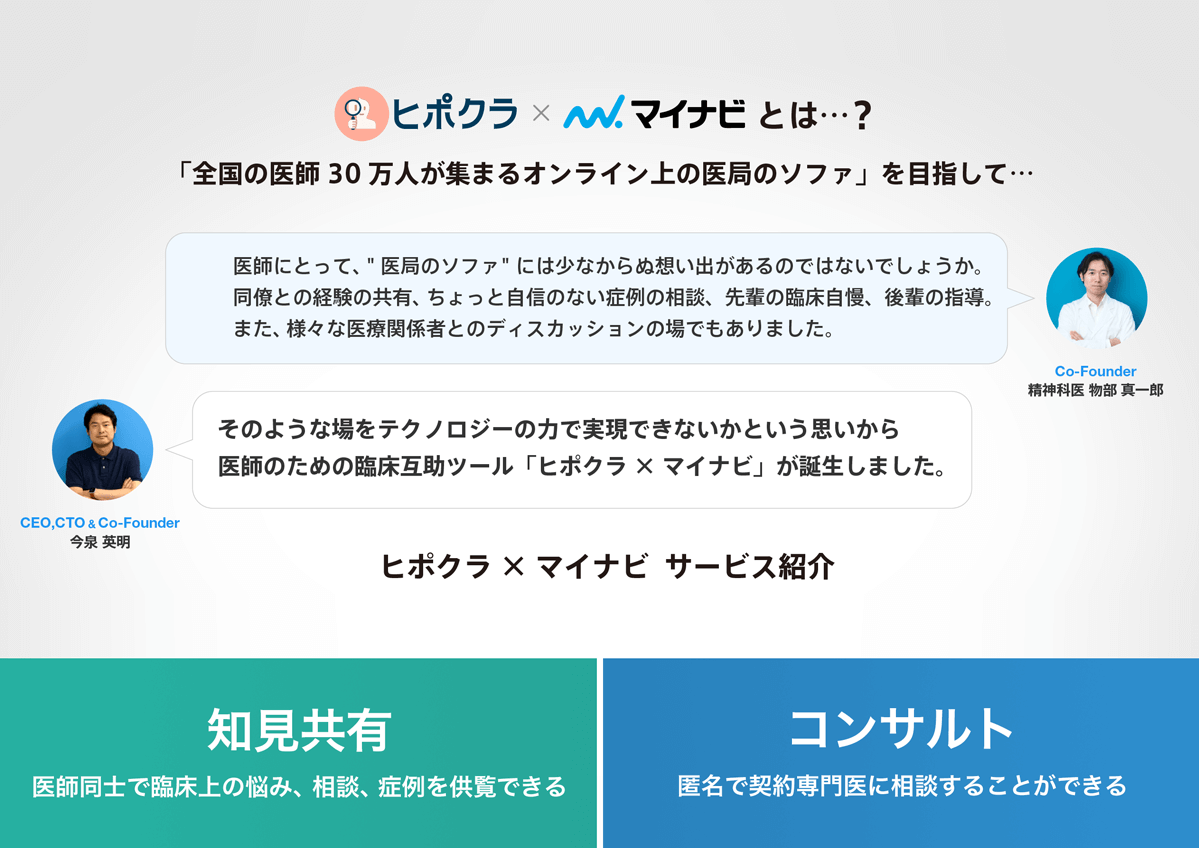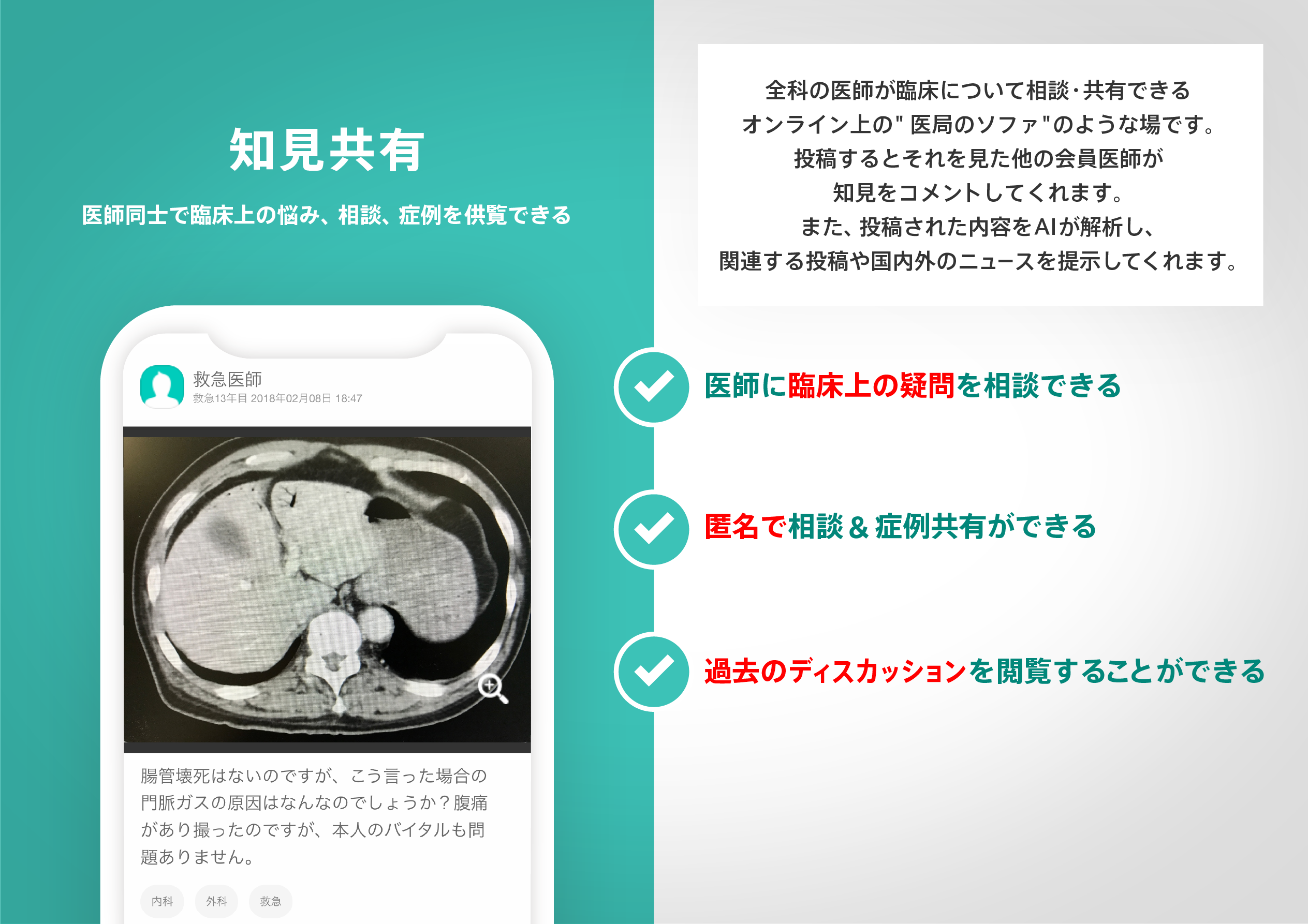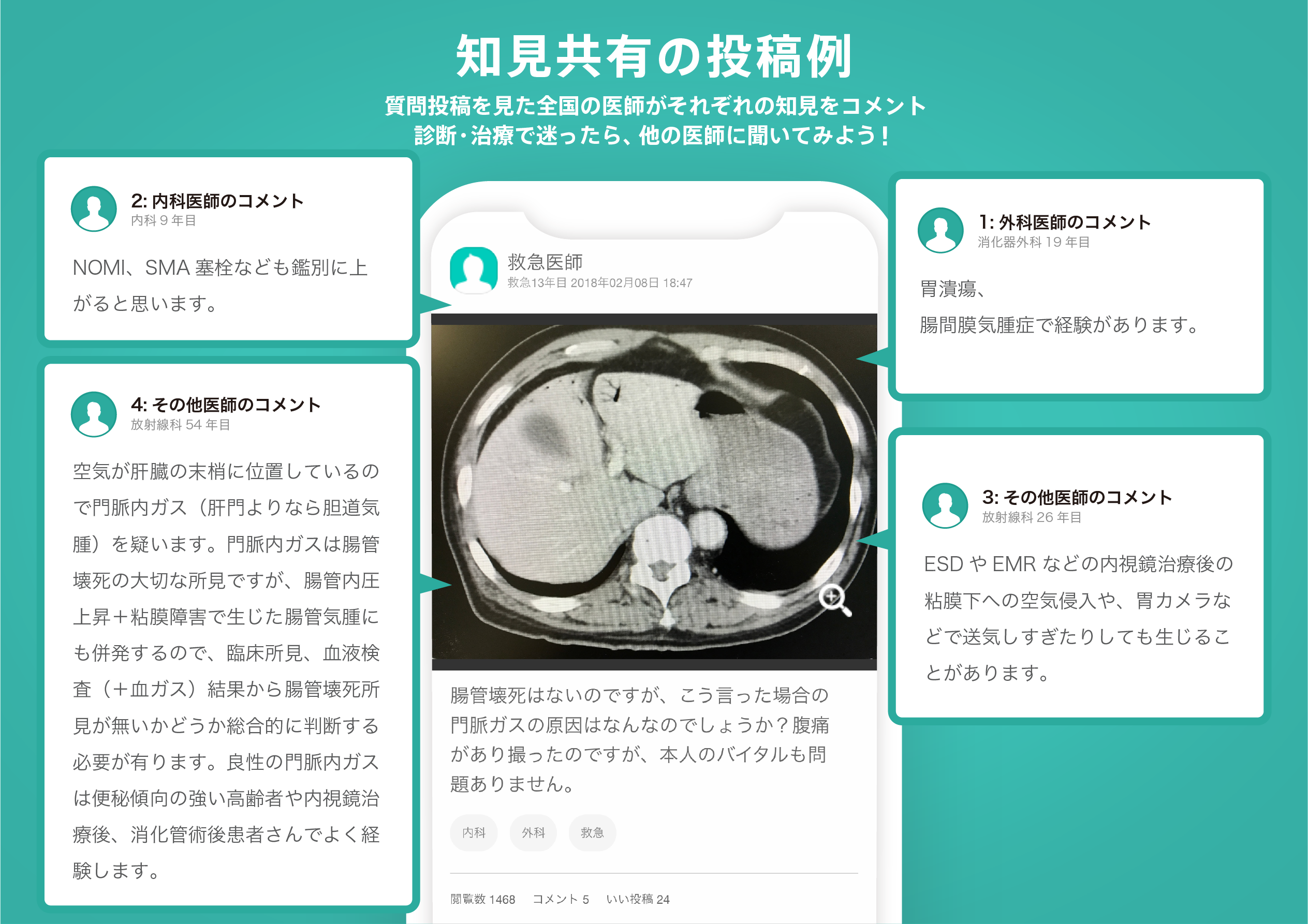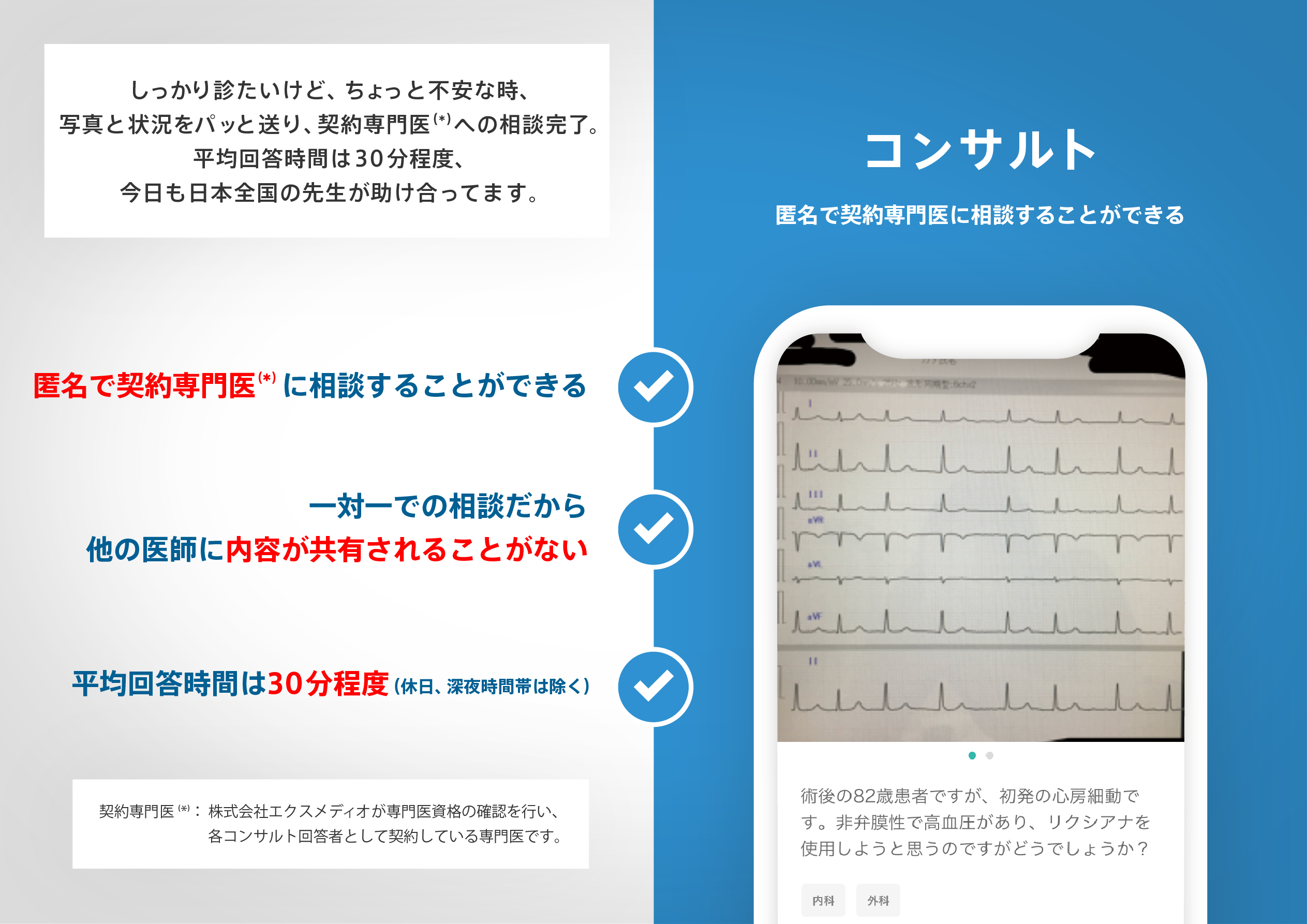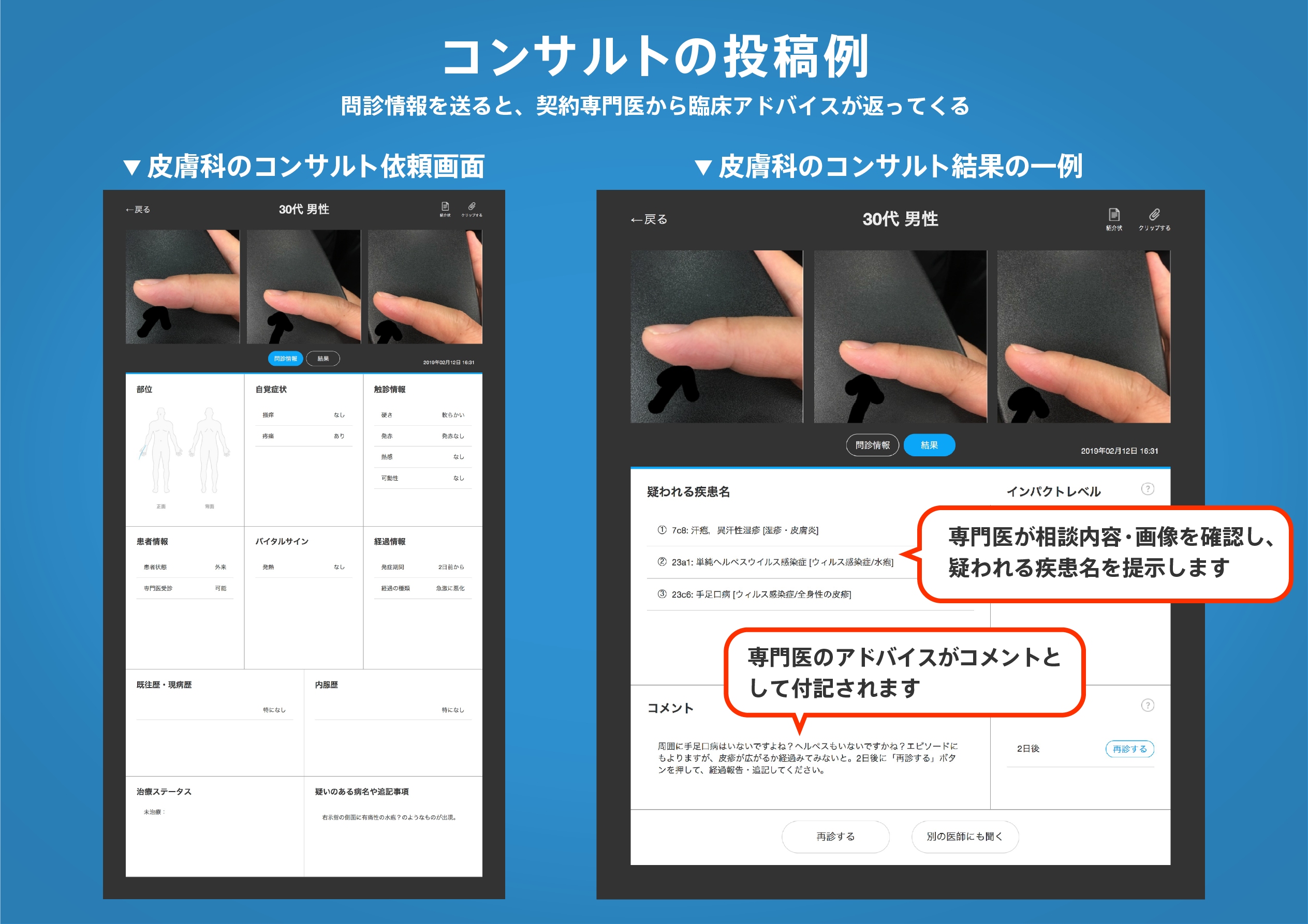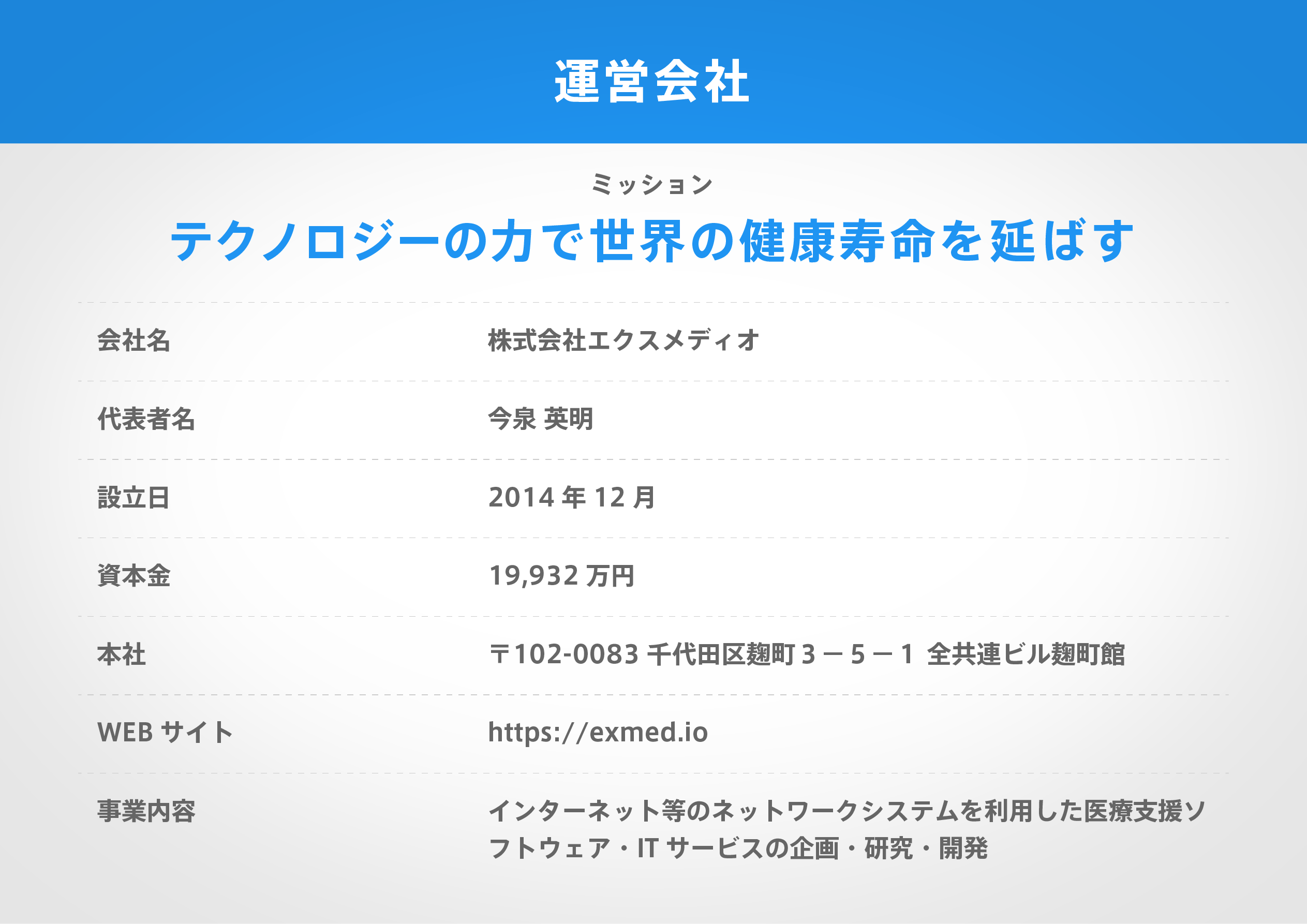著名医師による解説が無料で読めます
すると翻訳の精度が向上します
CD34+細胞によって選択された末梢血前駆細胞(PBPC)による自家形成は、多くの場合、回復時間の長期と感染の発生率が高いことに関連しています。私たちの研究の目的は、基礎となる疾患がhemopoieticの回復に影響し、移植後に発生する感染性合併症に影響するかどうかを評価することでした。CD34+細胞選択PBPCを使用した高用量化学療法(HDC)プログラム(HDC)プログラムに参加した19人の乳がん(BC)患者と17人の多発性骨髄腫患者(MM)患者を研究しました。PBPCは、化学療法と顆粒球コロニー刺激因子を動員した後に収集され、CD34+細胞の選択のために処理されました。選択後、53%CD34+細胞の中央値が92%の最終純度の中央値で回収され、MM(それぞれ52%と92%)とBC(それぞれ53%と89%)の患者の間に有意差はありませんでした。4.5 x 10(6)/kg CD34+細胞の中央値(BC、4.4 x 10(6)/kg; mm、5.4 x 10(6)/kg)および18 x 10(4)/kgコロニー形成単位顆粒球細胞 - マクロファージ(BC、21 x 10(4)/kg:mm、16 x 10(4)/kg)は、各HDCの後に再灌流されました。26人の患者(紀元前10 mmおよび16人)がタンデムの自動移植を受け、10人の患者が不十分な収集(5人の患者)、臨床状態(3人の患者)、および拒否(2人の患者)のために1人の自家移植のみを受けました。BC患者では、HDCレジメンには高用量のメルファランコースが含まれ、その後に氷(Ifosfamide、Carboplatin、およびEtoposide)コースが含まれていました。MM患者では、レジメンは高用量メルファラン療法のコースとICBV(イダルビシン、シクロホスファミド、ビクヌ、およびエトポシド)または総体照射、エトポシド、およびcytoxanで構成されていました。好中球回復のためにMM患者で500/マイクロールを> 500/マイクロールに延長するのは、2つのグループで> 20,000/マイクロールまでの血小板回収の時間は違いはありませんでした(P <.002)。13日間対12日、重要ではありません)。遅延生着障害はなく、毒性死亡は観察されませんでした。腫瘍外毒性の発生率は、2つの患者グループで類似していた。すべての患者は、移植後3か月間、同様の抗感染予防を受けました。12か月の観察の後、初期(77.8%対48.6%、P <.034)と後期(41.1%対0%; P <.014)の両方で、MM患者の細菌感染症の統計的に有意な発生率が高いことがわかりました。移植後の期間、一方、真菌感染症の発生率は2つのグループで類似していた。ウイルス感染症は、各グループの2人の患者におけるヘルペス帯状疱疹ウイルス感染で構成されており、3 mM患者およびBC患者なしでサイトメガロウイルス感染が観察されました。私たちの経験は、BC患者と比較して、MM患者の細菌およびウイルス感染の長期にわたる好中球回復時間とより高い発生を示しています。これらの観察結果は、小さなサンプルサイズによって制限されていますが、基礎疾患がCD34細胞によって選択された移植後の感染症の発生率に影響を与える可能性があり、自家移植環境における適切な抗菌薬予防の計画で考慮されるべきであることを示唆しています。
CD34+細胞によって選択された末梢血前駆細胞(PBPC)による自家形成は、多くの場合、回復時間の長期と感染の発生率が高いことに関連しています。私たちの研究の目的は、基礎となる疾患がhemopoieticの回復に影響し、移植後に発生する感染性合併症に影響するかどうかを評価することでした。CD34+細胞選択PBPCを使用した高用量化学療法(HDC)プログラム(HDC)プログラムに参加した19人の乳がん(BC)患者と17人の多発性骨髄腫患者(MM)患者を研究しました。PBPCは、化学療法と顆粒球コロニー刺激因子を動員した後に収集され、CD34+細胞の選択のために処理されました。選択後、53%CD34+細胞の中央値が92%の最終純度の中央値で回収され、MM(それぞれ52%と92%)とBC(それぞれ53%と89%)の患者の間に有意差はありませんでした。4.5 x 10(6)/kg CD34+細胞の中央値(BC、4.4 x 10(6)/kg; mm、5.4 x 10(6)/kg)および18 x 10(4)/kgコロニー形成単位顆粒球細胞 - マクロファージ(BC、21 x 10(4)/kg:mm、16 x 10(4)/kg)は、各HDCの後に再灌流されました。26人の患者(紀元前10 mmおよび16人)がタンデムの自動移植を受け、10人の患者が不十分な収集(5人の患者)、臨床状態(3人の患者)、および拒否(2人の患者)のために1人の自家移植のみを受けました。BC患者では、HDCレジメンには高用量のメルファランコースが含まれ、その後に氷(Ifosfamide、Carboplatin、およびEtoposide)コースが含まれていました。MM患者では、レジメンは高用量メルファラン療法のコースとICBV(イダルビシン、シクロホスファミド、ビクヌ、およびエトポシド)または総体照射、エトポシド、およびcytoxanで構成されていました。好中球回復のためにMM患者で500/マイクロールを> 500/マイクロールに延長するのは、2つのグループで> 20,000/マイクロールまでの血小板回収の時間は違いはありませんでした(P <.002)。13日間対12日、重要ではありません)。遅延生着障害はなく、毒性死亡は観察されませんでした。腫瘍外毒性の発生率は、2つの患者グループで類似していた。すべての患者は、移植後3か月間、同様の抗感染予防を受けました。12か月の観察の後、初期(77.8%対48.6%、P <.034)と後期(41.1%対0%; P <.014)の両方で、MM患者の細菌感染症の統計的に有意な発生率が高いことがわかりました。移植後の期間、一方、真菌感染症の発生率は2つのグループで類似していた。ウイルス感染症は、各グループの2人の患者におけるヘルペス帯状疱疹ウイルス感染で構成されており、3 mM患者およびBC患者なしでサイトメガロウイルス感染が観察されました。私たちの経験は、BC患者と比較して、MM患者の細菌およびウイルス感染の長期にわたる好中球回復時間とより高い発生を示しています。これらの観察結果は、小さなサンプルサイズによって制限されていますが、基礎疾患がCD34細胞によって選択された移植後の感染症の発生率に影響を与える可能性があり、自家移植環境における適切な抗菌薬予防の計画で考慮されるべきであることを示唆しています。
Autografting with CD34+ cell-selected peripheral blood progenitor cells (PBPC) is often associated with a prolonged recovery time and a higher incidence of infections. The aim of our study was to evaluate whether underlying disease influences hemopoietic recovery and the infectious complications occurring after transplantation. We studied 19 breast cancer (BC) patients and 17 multiple myeloma (MM) patients entered in a high-dose chemotherapy (HDC) program of tandem autografting with CD34+ cell-selected PBPC. PBPC were collected after mobilizing chemotherapy plus granulocyte colony-stimulating factor and were processed for selection of CD34+ cells. After selection, a median of 53% CD34+ cells was recovered with a median final purity of 92% with no significant differences between the MM (52% and 92%, respectively) and BC (53% and 89%, respectively) patients. Medians of 4.5 x 10(6)/kg CD34+ cells (BC, 4.4 x 10(6)/kg; MM, 5.4 x 10(6)/kg) and 18 x 10(4)/kg colony-forming units-granulocyte-macrophage (BC, 21 x 10(4)/kg: MM, 16 x 10(4)/kg) were reinfused after each HDC. Twenty-six patients (10 MM and 16 BC) underwent tandem autografting, and 10 patients received only 1 autograft because of inadequate collection (5 patients), clinical condition (3 patients), and refusal (2 patients). In the BC patients, the HDC regimen included a high-dose melphalan course followed by an ICE (ifosfamide, carboplatin, and etoposide) course. In the MM patients, the regimen consisted of a course of high-dose melphalan therapy and a course of ICBV (idarubicin, cyclophosphamide [Cytoxan], BCNU, and etoposide) or total body irradiation, etoposide, and Cytoxan. We found a significantly prolonged time for neutrophil recovery to > 500/microL in the MM patients (13 days versus 10 days; P < .002), whereas the times for platelet recovery to > 20,000/microL in the two groups were not different (13 days versus 12 days; not significant). No late engraftment failures and no toxic deaths were observed. The incidences of extrahematologic toxicity were similar for the two patient groups. All patients received similar anti-infection prophylaxis for 3 months after transplantation. After 12 months of observation, we found a statistically significant higher incidence of bacterial infections in MM patients in both the early (77.8% versus 48.6%; P < .034) and the late (41.1% versus 0%; P < .014) posttransplantation periods, whereas the incidences of fungal infections were similar in the two groups. Viral infections consisted of herpes zoster virus infection in 2 patients of each group, and cytomegalovirus infection was observed in 3 MM patients and no BC patients. Our experience demonstrates a prolonged neutrophil recovery time and higher incidences of bacterial and viral infections in MM patients compared with BC patients. These observations, although limited by the small sample size, suggest that the underlying disease may influence the incidence of infections after CD34- cell-selected transplantation and should be considered in the planning of appropriate antimicrobial prophylaxis in the autologous transplantation setting.
医師のための臨床サポートサービス
ヒポクラ x マイナビのご紹介
無料会員登録していただくと、さらに便利で効率的な検索が可能になります。

